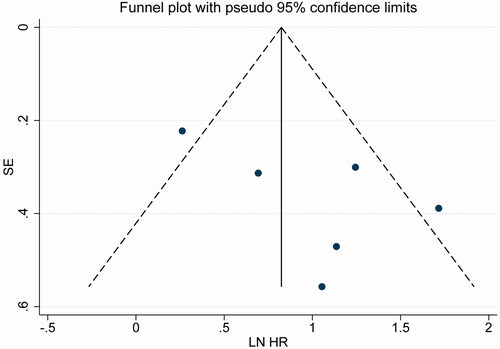Figures & data
Table 1. The main characteristics of studies included for LSM.
Figure 1. Flow chart of literature search and study selection. A total of 791 articles were initially retrieved. After carefully reviewed eight studies reporting liver stiffness measurement (LSM) were included in the analysis.
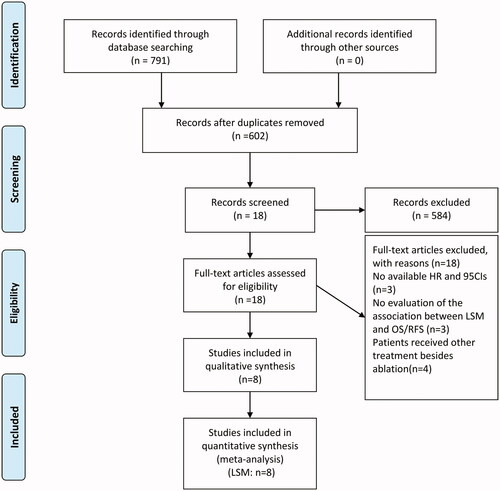
Figure 2. Forest plots of the relationship between LSM and survival outcomes in hepatocellular carcinoma patients treated with RFA in categorical group. A fixed-effect model was used to evaluate the impact of LSM on OS. The pooled result indicated that high LSM was associated with poor OS. LSM: liver stiffness measurement; HR: hazard ratio; CI: confidence interval.
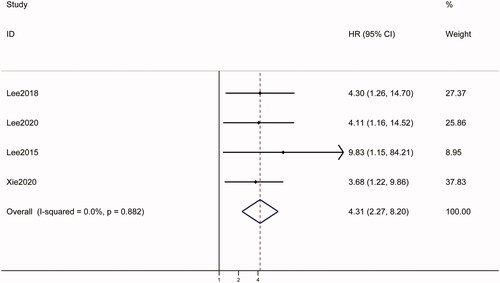
Figure 3. Forest plots of the relationship between LSM and survival outcomes in hepatocellular carcinoma patients treated with RFA in categorical group. A random-effect model was used to evaluate the impact of LSM on RFS. The pooled result indicated that high LSM was associated with poor RFS. LSM: liver stiffness measurement; RFS: recurrence-free survival; HR: hazard ratio; CI: confidence interval; HR: hazard ratio.
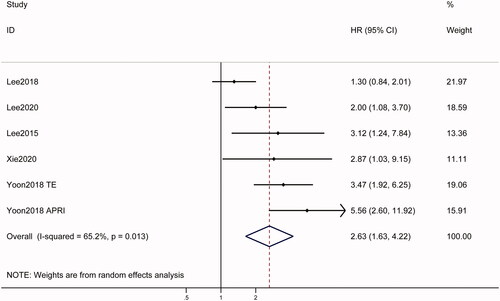
Table 2. Results of subgroup analysis.
Figure 4. Forest plots of the relationship between LSM and survival outcomes in hepatocellular carcinoma patients treated with RFA in continuous group. A random-effect model was used to evaluate the impact of LSM on RFS. The pooled result indicated that high LSM was associated with poor RFS. LSM: liver stiffness measurement; RFS: recurrence-free survival; HR: hazard ratio; CI: confidence interval; HR: hazard ratio.
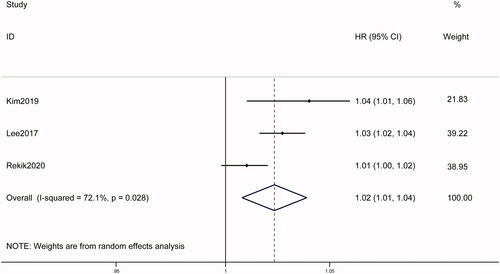
Figure 5. Funnel plots for assessing publication bias in survival outcomes. The funnel plots of the association between LSM and RFS were basically symmetrical. LSM: liver stiffness measurement; RFS: recurrence-free survival.
